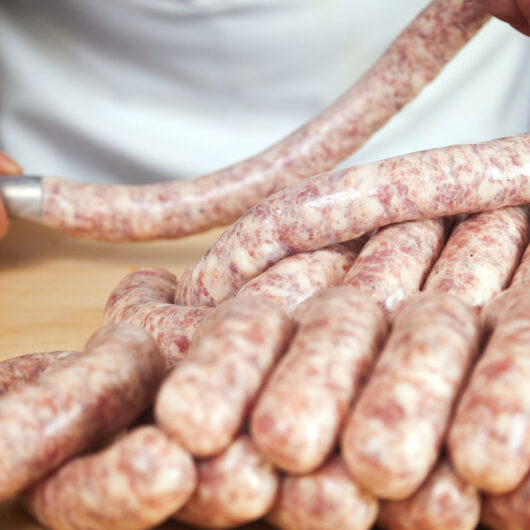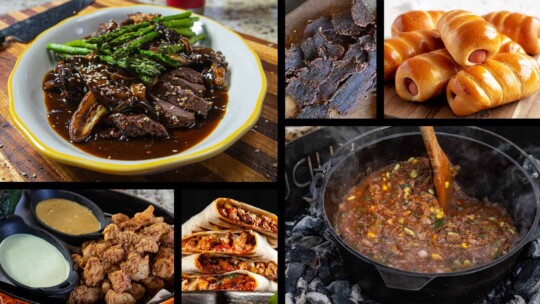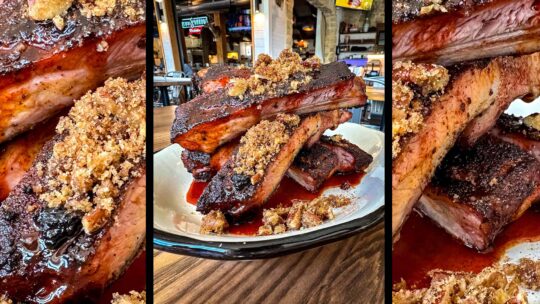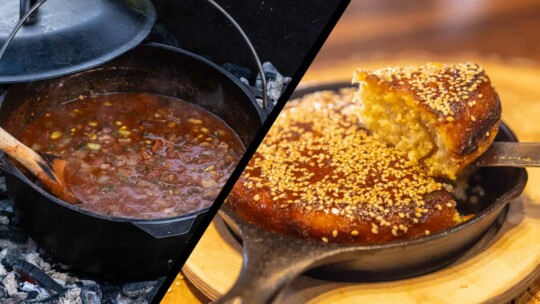Spend some time handcrafting these delicious Texas hot links alongside James Beard nominee and restauranteur David Bancroft as he takes you through his favorite hot links recipe. If you’ve never had fresh sausage, you’re in for a real treat. There’s nothing quite like it! Thinking about making homemade sausage might seem intimidating, but with Bancroft’s help, you’ll make quick work of it.
Sausage-making has a rich history and has long been a favorite activity of hunters and butchers alike. Making sausage allows you to ensure you’re making the most of every bit of meat you have, so you don’t waste any of your hard-won meats. Sausage is also a great option if you’re looking to freeze some for later use. Sausage freezes and cooks from frozen easily with very little taste change. Because who wants to compromise on flavor? You can keep it for up to three months frozen and can freeze it from fresh or from cooked.
Bancroft likes to prepare fresh sausages using metric units because using grams and kilograms for measurement allows for a much more accurate recipe. That’s especially true because every butcher wants to utilize all the leftover meat they have when making sausage so that weight is always varying. This recipe allows you to easily scale up or down no matter what starting weight you’re working with so you can make sausage in any situation, even if you’ve just got a little bit of meat leftover for one batch and far too much for the next.
For example:
1kg meat = 1000g
1000g X .018 salt = 18g salt
100,000g meat X .018 salt = 1,800g salt
If you need some extra support for these conversions, Culinary Schools has a super helpful conversion calculator that’s easy to use.
Now that you’ve got the conversions under control, it’s time to get started learning how the sausage is made.
Enjoy your delicious Texas hot links recipe at your next party or backyard event!




